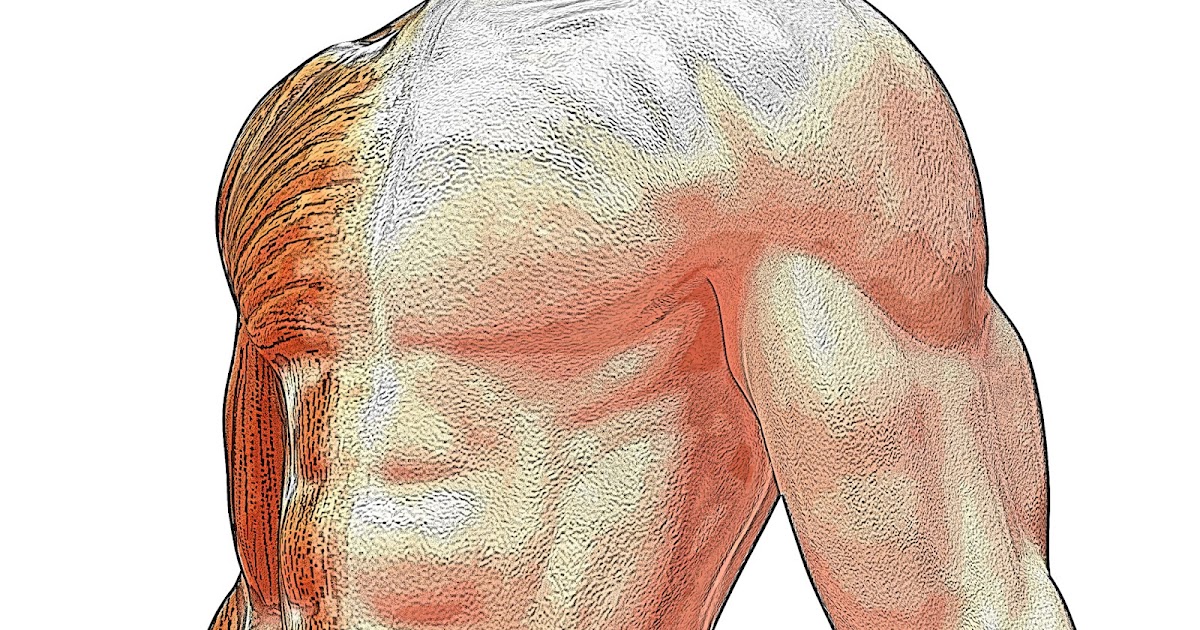Body Weight Image Simulator explores the fascinating world of digital body image manipulation. This technology offers a powerful tool across various fields, from healthcare and fitness to fashion and research, allowing for the creation and analysis of simulated body weights in images. We’ll delve into the techniques, applications, ethical considerations, and future potential of this rapidly evolving technology.
This guide provides a detailed overview of body weight image simulators, examining their underlying mechanisms, diverse applications, and crucial ethical implications. We’ll explore the user experience, data privacy concerns, and future trends, aiming to offer a comprehensive understanding of this transformative technology and its impact on various industries.
Understanding Body Weight Image Simulators
Body weight image simulators are sophisticated tools employing advanced algorithms and technologies to modify and manipulate images, altering the perceived body weight of individuals depicted. These simulators find applications across various sectors, from healthcare to fashion design, offering valuable insights and facilitating informed decision-making.
Types of Body Weight Image Simulators
Several types of body weight image simulators exist, each utilizing different techniques and achieving varying levels of realism. These include 2D image manipulation software, 3D modeling and rendering software, and AI-powered tools capable of realistic weight adjustments.
Algorithms and Technologies
Underlying algorithms often involve image processing techniques like warping, morphing, and texture mapping for 2D simulators. 3D simulators leverage sophisticated modeling techniques, physics engines, and rendering pipelines. AI-powered tools often employ deep learning models trained on vast datasets of human body images to achieve realistic weight alterations.
Factors Influencing Accuracy and Reliability
The accuracy of body weight image simulations depends on several factors, including the quality of input images, the sophistication of the algorithms used, and the accuracy of the anthropometric data (body measurements) incorporated. Limitations in technology and the inherent complexity of human anatomy can also affect reliability.
Comparison of Simulation Approaches
A comparison of different approaches reveals that 2D methods are simpler but less realistic, while 3D methods are more accurate but computationally expensive. AI-powered approaches offer the potential for high realism and automation, but require extensive training data.
| Approach | Accuracy | Realism | Computational Cost |
|---|---|---|---|
| 2D Image Manipulation | Low to Moderate | Low to Moderate | Low |
| 3D Modeling and Rendering | Moderate to High | Moderate to High | High |
| AI-Powered Simulation | High (Potential) | High (Potential) | High |
Applications of Body Weight Image Simulators
The versatility of body weight image simulators extends across numerous fields, offering unique benefits and driving innovation.
Healthcare Applications
In healthcare, these simulators can assist in visualizing the impact of weight changes on overall health, aiding patient education and treatment planning. They can be used to demonstrate the effects of weight loss or gain on specific health conditions.
Fitness and Wellness Applications
Fitness applications include motivating individuals by visualizing potential body transformations, helping them set realistic goals, and tracking progress. These simulators can be integrated into fitness apps to provide personalized visualizations.
Fashion and Apparel Design
In the fashion industry, these simulators enable designers to visualize how clothing will fit on different body types and sizes, reducing the need for extensive physical prototyping and improving design efficiency. Virtual fitting rooms are a prime example.
Research and Development
Researchers use body weight image simulators to study the effects of weight on human movement, ergonomics, and other biomechanical factors. This helps in designing more comfortable and efficient products and environments.
User Experience and Interface Design
A well-designed user interface is crucial for the usability and accessibility of a body weight image simulator. Intuitive design elements and user-friendly features are paramount.
User Interface Design
The interface should include features for image upload, weight adjustment controls (e.g., sliders, input fields), options for adjusting body proportions, and a preview window displaying the simulated image. Users should be able to easily save and share their results.
User Experience Description
The user experience should be seamless and intuitive. Clear instructions and visual cues should guide users through the simulation process. The interface should be responsive and adapt to different screen sizes.
Usability Issues and Solutions
Potential usability issues include complex controls, inaccurate simulations, and lack of feedback. Solutions include simplified controls, improved algorithms, and clear visual feedback mechanisms.
Comparison of UI/UX Approaches
| Approach | Strengths | Weaknesses |
|---|---|---|
| Simple Slider Controls | Easy to use, intuitive | Limited control, may lack precision |
| Advanced 3D Modeling Interface | High precision, realistic results | Steeper learning curve, complex to use |
| AI-Assisted Automation | Fast, efficient, requires minimal user input | Potential for inaccuracies, reliance on AI |
| Gamified Interface | Engaging, motivating | May distract from the core functionality |
Ethical Considerations and Potential Biases

Source: blogspot.com
Ethical considerations are paramount in the development and deployment of body weight image simulators. Addressing potential biases and promoting responsible use are crucial.
Ethical Implications
The potential for misuse, promoting unrealistic body image ideals, and exacerbating body image issues needs careful consideration. Transparency and user education are essential to mitigate these risks.
Potential Biases and Mitigation Strategies
Biases can arise from the datasets used to train AI models or from the algorithms themselves. Careful selection of diverse and representative datasets, rigorous testing, and algorithmic fairness techniques are necessary to minimize biases.
Impact of Unrealistic Body Image Portrayals
Exposure to unrealistic body images can negatively impact user self-perception and mental well-being. Simulators should strive to present realistic and diverse body types, promoting body positivity and self-acceptance.
Guidelines for Responsible Development
Guidelines should include clear disclaimers, user education materials, and mechanisms for user feedback. Regular audits and updates to address emerging ethical concerns are also crucial.
Data Privacy and Security
Protecting user data is crucial. Robust security measures are necessary to maintain user trust and comply with relevant regulations.
Types of Data Collected
Data collected may include uploaded images, user-provided anthropometric data, and usage patterns. Anonymization and data minimization techniques should be employed.
Security Measures
Security measures include data encryption both in transit and at rest, secure authentication and authorization mechanisms, and regular security audits. Compliance with relevant data privacy regulations (e.g., GDPR, CCPA) is mandatory.
Best Practices for Data Handling
Best practices include implementing data access control policies, regular data backups, and incident response plans. Transparency regarding data usage and user consent are crucial.
Secure System Architecture
A secure system architecture would involve secure servers, robust network security, and secure data storage solutions. Regular penetration testing and vulnerability assessments are necessary.
Body weight image simulators offer a helpful tool for visualizing weight loss or gain goals. However, finding affordable fitness equipment can sometimes be a challenge; you might check resources like craigslist syr for used exercise equipment to complement your simulator use. Ultimately, using a body weight image simulator in conjunction with a balanced fitness plan is key to achieving your health goals.
Future Trends and Developments
The field of body weight image simulation is constantly evolving, with several exciting trends on the horizon.
Future Trends in Technology
Advancements in AI, 3D modeling, and rendering techniques will lead to more realistic and accurate simulations. Integration with AR/VR technologies will enhance user engagement and create immersive experiences.
Advancements in Algorithms and Techniques, Body weight image simulator
More sophisticated algorithms will enable the simulation of subtle changes in body composition, including muscle mass and fat distribution. Improved rendering techniques will create more photorealistic images.
Integration with AR/VR
Integration with AR/VR will allow users to visualize their simulated body in real-time, enhancing the user experience and providing more engaging feedback. Virtual try-on experiences in fashion and fitness will become more prevalent.
Applications in Emerging Fields
Applications in fields like personalized medicine, surgical planning, and athletic performance analysis will expand. The use of body weight image simulators in mental health treatments to address body image issues is also a promising area.
Illustrative Examples
Let’s consider a few scenarios to illustrate the capabilities and applications of body weight image simulators.
Realistic Simulation Scenario
A user uploads a photograph. The simulator, using advanced algorithms, allows the user to adjust their weight virtually, presenting realistic visualizations of what their body might look like at different weights. The output shows the modified image with accurate changes in body proportions and clothing fit.
Body Weight Image Simulation Interface
Imagine a user-friendly interface with a central area displaying the user’s uploaded image. Sliders control weight adjustments, while buttons allow for fine-tuning of body proportions. A detailed progress bar indicates the simulation’s status, and a clear “save” button allows users to download their modified image.
Creating a Realistic 3D Model

Source: levvvel.com
Creating a realistic 3D model involves using advanced 3D scanning techniques to capture detailed body measurements. This data is then used to generate a precise 3D model that accurately reflects the individual’s body shape and proportions. The model is then textured and refined to achieve a high level of realism.
Altering Perceived Body Weight
The simulator can use various lighting techniques, such as strategically placed shadows and highlights, to subtly alter the perceived body weight in the image. Different camera angles and perspectives can also create the illusion of weight change, emphasizing certain body parts or minimizing others.
Concluding Remarks
Body weight image simulators represent a powerful yet complex technology with significant implications across numerous sectors. Understanding the underlying algorithms, ethical considerations, and potential biases is crucial for responsible development and deployment. As the technology advances, continued focus on user experience, data privacy, and responsible use will be essential to maximize its benefits while mitigating potential harms. The future of this technology holds exciting possibilities, particularly with the integration of augmented and virtual reality.

